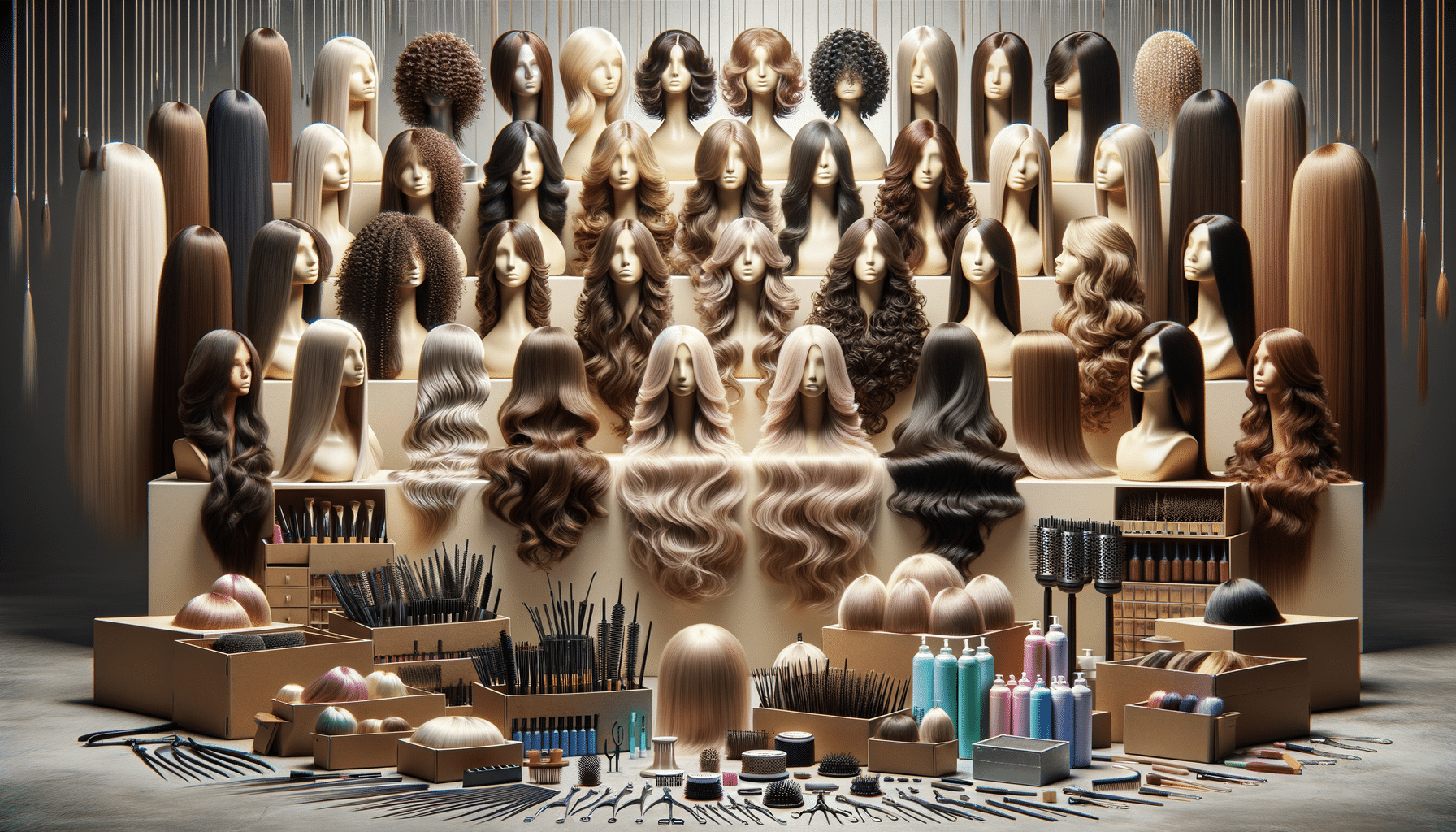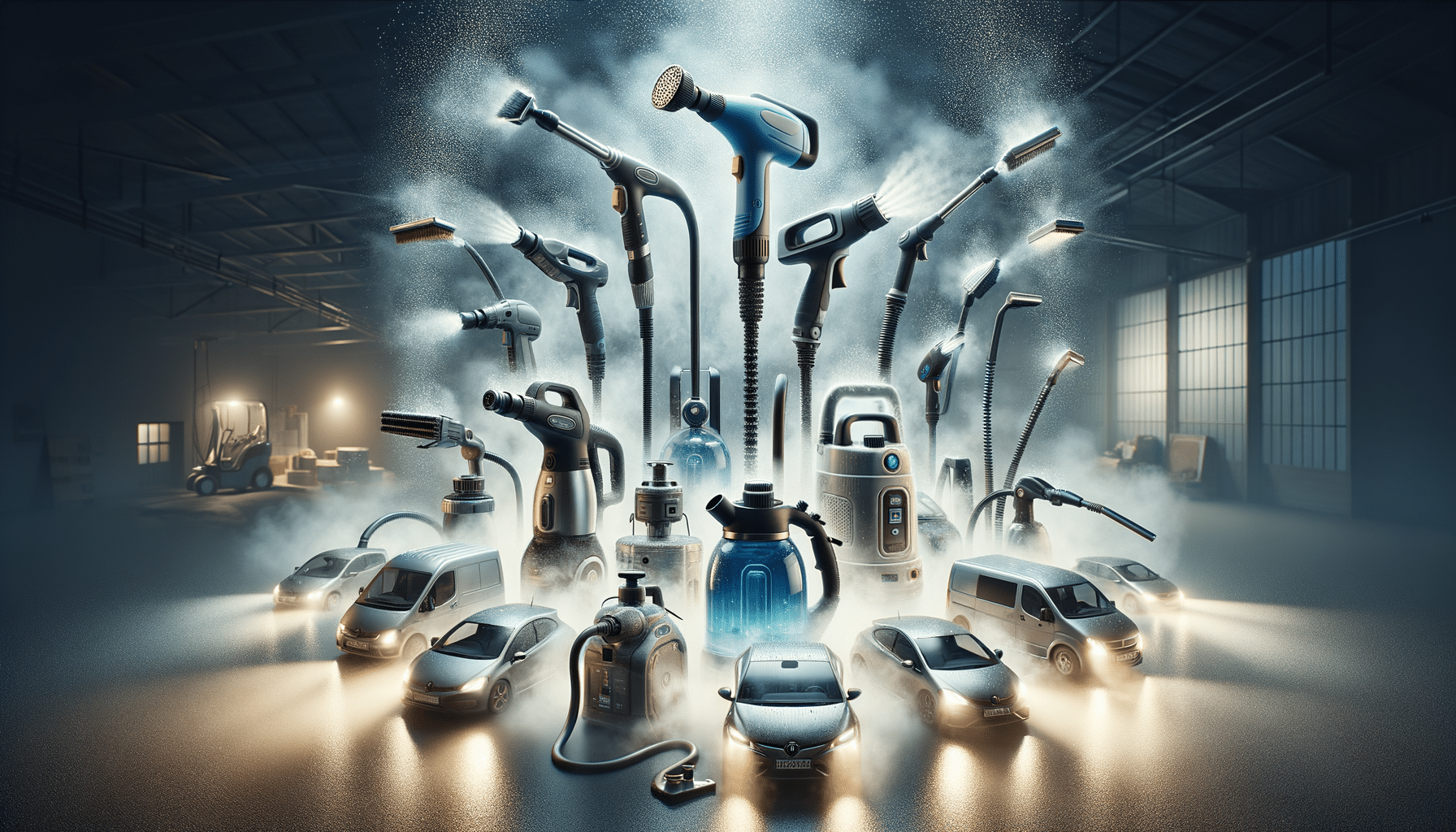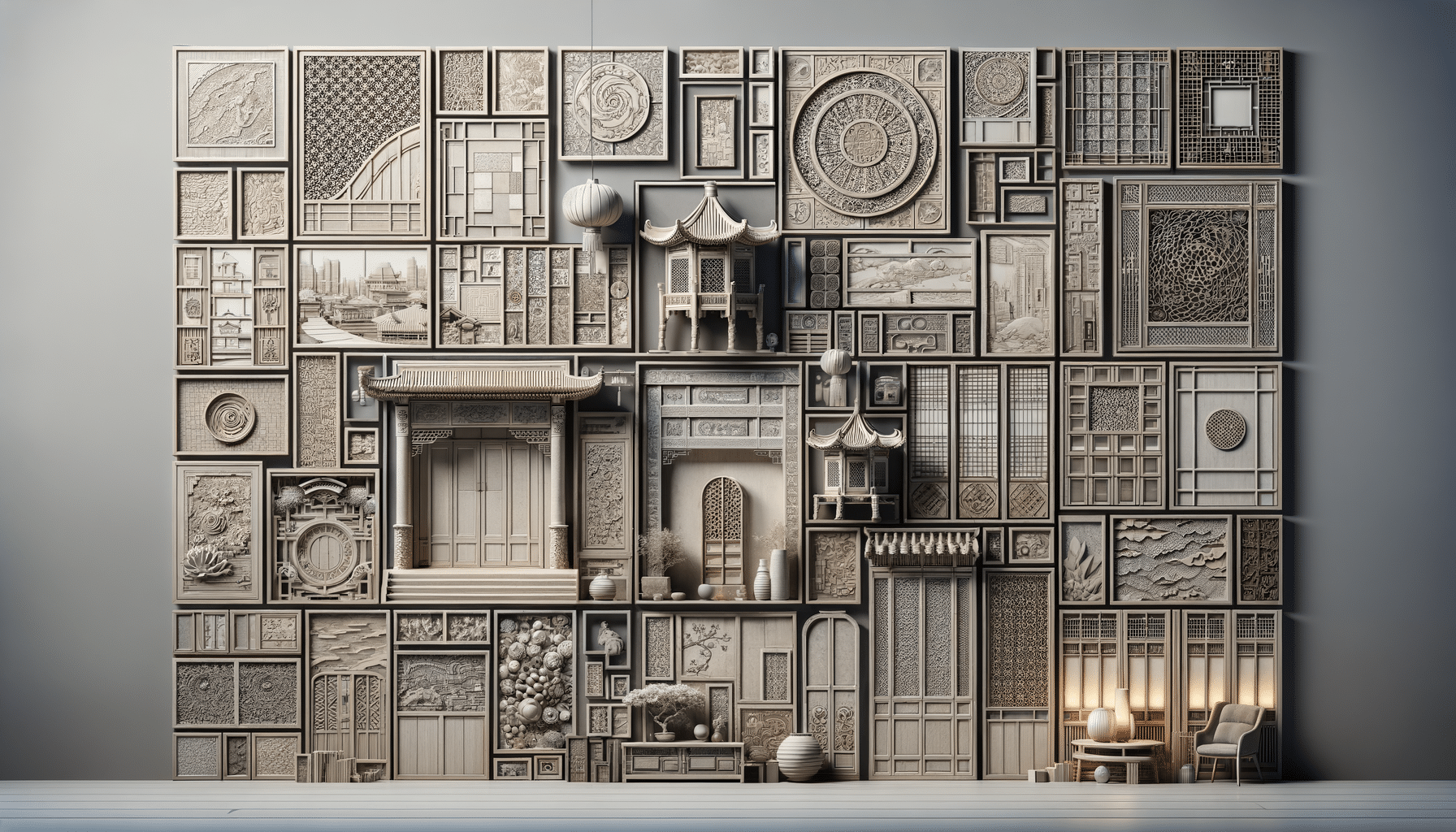
Exploring the World of Hair Systems: A Comprehensive Guide
Introduction to Hair Systems
Hair systems, often referred to as hairpieces or wigs, have become a crucial solution for individuals experiencing hair loss or seeking versatile styling options. These systems have evolved significantly over the years, offering more natural and comfortable alternatives to traditional wigs. With advancements in technology and materials, modern hair systems provide a seamless and realistic appearance, making them a popular choice for many.
The importance of hair systems extends beyond aesthetics; they can greatly impact an individual’s confidence and self-esteem. Hair loss, whether due to genetics, medical conditions, or other factors, can be distressing. Hair systems offer a non-surgical and customizable solution that allows individuals to regain their desired look and feel more confident in their daily lives.
In this article, we will delve into the various aspects of hair systems, including their types, benefits, maintenance, and considerations when choosing the right system for your needs. By understanding these elements, you can make informed decisions and find a hair system that suits your lifestyle and preferences.
Types of Hair Systems
Hair systems come in a variety of types, each designed to cater to different needs and preferences. Understanding these options is essential for selecting the system that aligns best with your requirements.
One of the most common types is the full cap wig, which covers the entire scalp. This option is ideal for individuals with extensive hair loss or those looking for a complete transformation. Full cap wigs can be made from synthetic fibers or human hair, with the latter offering a more natural look and feel.
Another popular choice is the partial hair system, which is designed to blend with existing hair. These systems are often used to add volume or cover specific areas of thinning hair. They are typically attached using clips, tapes, or adhesives, ensuring a secure fit that can withstand daily activities.
For those seeking a more permanent solution, integrated hair systems are available. These systems involve weaving or bonding the hairpiece with natural hair, providing a seamless and long-lasting result. However, they require regular maintenance and professional assistance for installation and upkeep.
Benefits of Hair Systems
Hair systems offer numerous benefits that make them an attractive option for many individuals experiencing hair loss or seeking styling versatility. One of the primary advantages is the immediate transformation they provide. Unlike surgical options, hair systems offer instant results, allowing individuals to achieve their desired look without waiting for hair growth.
Another significant benefit is the versatility of hair systems. They come in various styles, colors, and lengths, enabling users to experiment with different looks and express their personality. This flexibility is particularly appealing to those who enjoy changing their hairstyle frequently.
Hair systems are also a non-invasive solution, making them suitable for individuals who may not be candidates for surgical hair restoration. They do not require any medical procedures, reducing the risk of complications and recovery time associated with surgery.
Additionally, modern hair systems are designed for comfort and durability. Advances in materials and construction techniques have led to lightweight and breathable options that can be worn for extended periods without discomfort. This makes them a practical choice for daily wear, whether for work, social events, or recreational activities.
Maintaining Your Hair System
Proper maintenance is essential to ensure the longevity and appearance of your hair system. Regular care not only preserves the system’s quality but also enhances its natural look and feel.
One of the key aspects of maintenance is cleaning. Hair systems should be washed regularly to remove dirt, oil, and styling products that can accumulate over time. It is important to use gentle shampoos and conditioners specifically formulated for wigs and hairpieces to avoid damaging the fibers.
In addition to washing, proper storage is crucial to maintaining the shape and style of your hair system. When not in use, store the system on a wig stand or mannequin head to prevent tangling and deformation. This also helps maintain the system’s volume and structure.
Regular inspections and adjustments are also necessary to ensure a secure and comfortable fit. Over time, the attachment methods, such as clips or adhesives, may need to be replaced or tightened. Consulting with a professional stylist can help address any fitting issues and provide guidance on maintaining your specific hair system.
Choosing the Right Hair System
Selecting the right hair system involves considering various factors to ensure it meets your needs and preferences. One of the first considerations is the type of hair used in the system. Human hair systems offer a natural appearance and can be styled with heat tools, while synthetic options are more affordable and require less maintenance.
The method of attachment is another important factor. Depending on your lifestyle and comfort level, you may prefer a system that uses clips, tapes, or adhesives. Each method has its advantages and drawbacks, so it’s essential to choose one that aligns with your daily activities and desired level of permanence.
Color and style are also critical elements in the selection process. Hair systems are available in a wide range of shades and styles, allowing you to find a match that complements your natural hair or desired look. Consulting with a professional stylist can help you choose a color and style that suits your skin tone and facial features.
Lastly, budget considerations play a role in the decision-making process. Hair systems vary in price based on the materials used, construction quality, and customization options. It’s important to set a realistic budget and explore options within that range to find a system that offers the best value for your investment.


